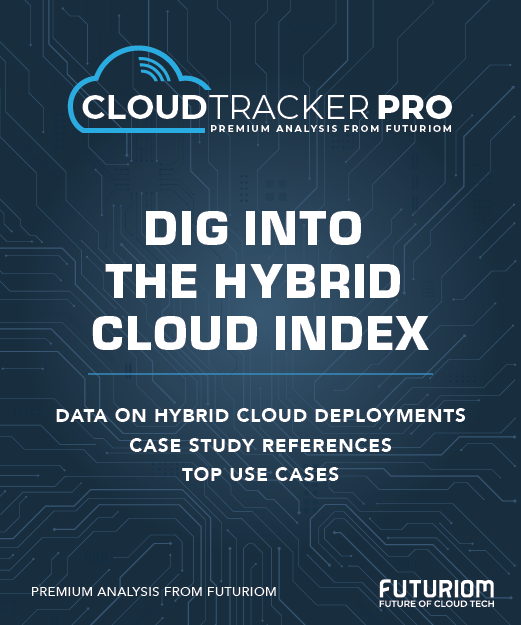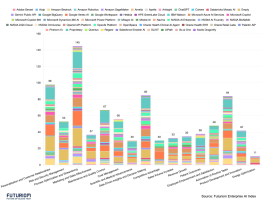Vultr's AI Cloud Ambitions Aim High

Alternative public cloud Vultr long prided itself on raising no outside funding. That came to a dead stop thanks to the rise of AI.
Last year, Vultr raised $333 million from investors including AMD. This week, it's added a $329 million credit facility backed by huge banks: J.P. Morgan, Bank of America and Wells Fargo led the deal; other participants included Citi, Goldman Sachs and KeyBank.
Those moves show how quickly Vultr's ambitions rose in light of the AI opportunity. They're also a reminder that the GPU cloud race demands heavy investment.
GPUs Aren't Cheap
Unlike the neoclouds (clouds focused on GPU capacity for AI and cryptocurrency uses), Vultr doesn't have ambitions to build hyperscale datacenter farms. It leases space worldwide. Still, it takes coin to provide enough GPU capacity to make a mark. Looking at the neoclouds, Lambda raised $480 million earlier this year, while CoreWeave went public and also recently raised another $2 billion in debt financing at 9.25% interest.
Vultr also told CNBC that its credit financing was at a significantly lower rate than CoreWeave's. Notably, CoreWeave's recent financing was at lower interest rate than its previous debt financings. It seems banks have begun believing more in AI clouds' viability. Investor sentiment is likewise up, judging by the healthy growth in CoreWeave and Nebius stocks.
Those impressions matter because neoclouds are recording enormous losses in their race to build out AI datacenters, judging by CoreWeave and Nebius, the two publicly traded examples.
Vultr, in contrast claims to be profitable. But Vultr is also a different business, not only because it doesn't build out datacenters, but also because it has business angles beyond GPUs.
Alt Clouds and AI
Vultr is part of a generation of alternative clouds (a term initiated by OVHcloud)—public clouds smaller than the hypervisors but offering a full cloud stack in more granular locations. It positions itself as an alternative to the hyperscale public clouds, offering a cloud stack that comes with less baggage and lower prices. It calls itself the "everywhere cloud," referring to its 32 locations across six continents, and it makes the classic "edge" pitch of offering infrastructure closer to the user's location.
Founded in 2014, Vultr grew up offering cloud services including virtual CPUs, Kubernetes, storage, and networking. But of course, Vultr is trying to seize the AI moment.
That means acquiring GPUs—both NVIDIA's and AMD's. Vultr is taking orders for the AMD Instinct MI355X chips, which were announced earlier this month, and expects to have them available in Q3 2025.
Other early MI355X announcements came from neoclouds Crusoe and TensorWave, but again, Vultr can set itself apart from the neoclouds by providing a cloud stack and enterprise-targeted services. These include serverless inference, which automates the infrastructure aspects of deploying GenAI models, and a service called Turnkey RAG, where a customer can upload documents and data to a private vector database (multiple options available via partners such as Qdrant) via the Vultr API—or, soon, the Model Context Protocol (MCP)—to perform retrieval augmented generation.
Features like these play to the question of how the neoclouds, built for a world obsessed with GPU performance, can differentiate in the long term. While neoclouds have found success with AI giants like OpenAI and Microsoft, Vultr and its peers are better steeped in the world of enterprise customers. As the neocloud businesses expand, they might need to travel further down that long tail, where they'll find competition that goes beyond GPU specs.





















